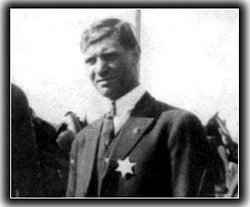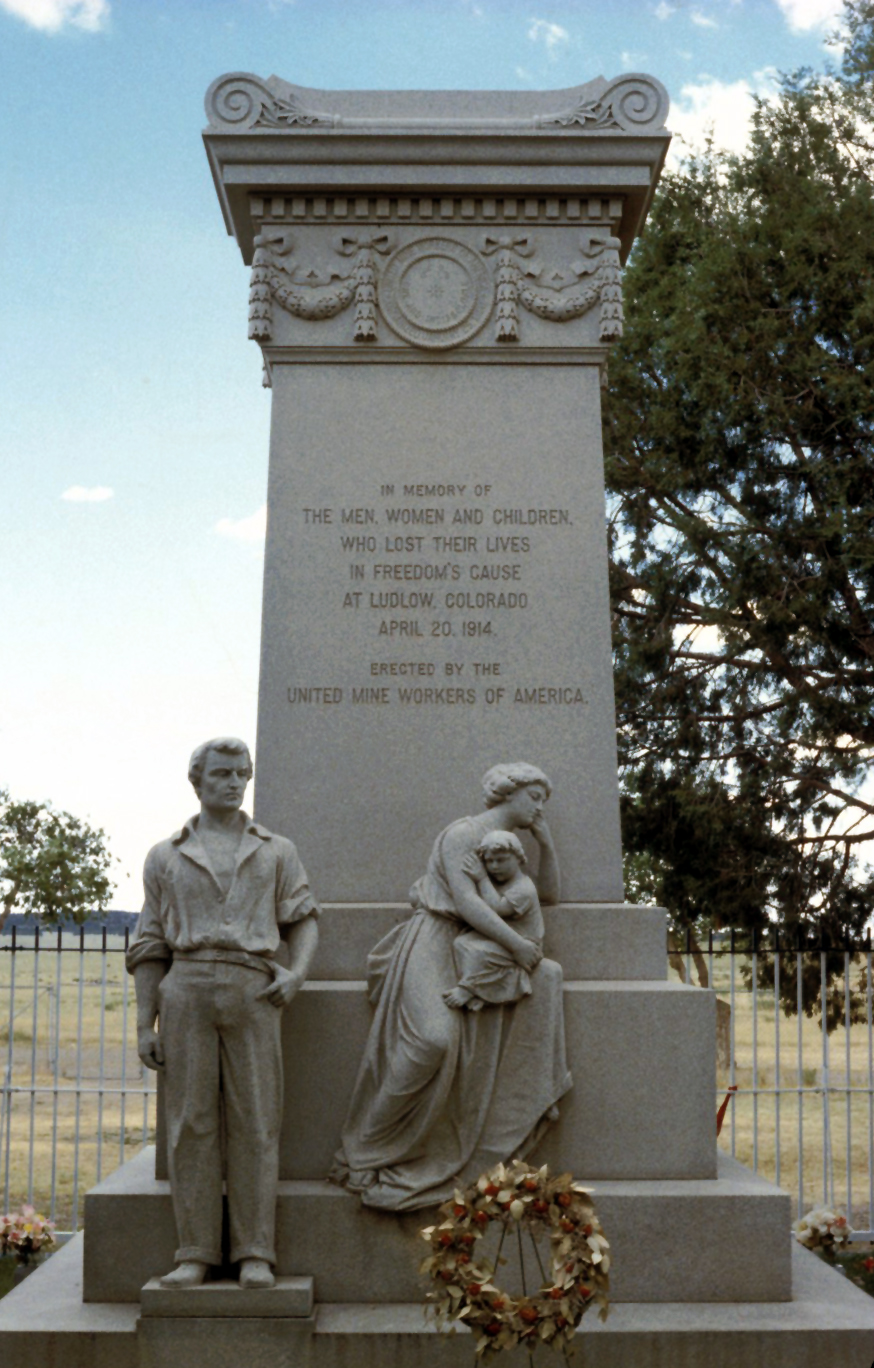A wave of disappointment rippled across southern Colorado on December 4th when an article in the Pueblo Chieftain announced that Merlino's Belvedere restaurant was closing at the end of 2013, a casualty, its owners said, of the economy in general—and maybe another domino following after last summer's Royal Gorge Fire.
Opened in 1946 in the fruit-growing area of Lincoln Park, on the south edge of Cañon City, it had been operated by three generations of the Merlino family and drew diners from at least four counties.
We still go back there for dinners with visiting friends and relatives, so last Friday night we decided to make a farewell visit. An early time would be OK, we thought.
So did about seventy other people — and they had reservations.
We ended up instead at the Royal Gorge Brewing Co. in downtown Cañon City, eating OK pub food, but it wasn't the spaghetti aglia e olio that M. had set her heart on.
 |
Sali's Club Paradise, 807 Cyanide Avenue, Prospect Heights, from old postcard.
|
And we talked about restaurants and about our six years (1986-1992) in Cañon City, which started in near-poverty and ended with us on our way up and out.
We went there because I had a magazine-editing job that collapsed with the magazine itself — most start-ups fail. Then 1987 was the worst — collecting unemployment, doing odd jobs, selling a few freelance pieces, with the emphasis on
few.
When we could afford a cheap dinner out, we did not go to Merlino's but to somewhere even closer to our modest 1908 smelter worker's cottage in South Cañon — Sali's Paradise, haunt of
movie stars and (reputedly) Pueblo and
local mafiosi looking for a quiet place to eat their steak, noodles, and red sauce.
Cañon City, we learned, was glued together from three towns: East Cañon, South Cañon (our part, sort of the wrong side of the tracks), and Cañon City proper.
Then there was unincorporated Lincoln Park and other little towns: tiny
Prospect Heights with its abandoned one-cell jail,
Brookside (former location of the Hell's Half Acre saloon district), and the other "coal camps": Radiant,
Rockvale, Coal Creek, Williamsburg, Chandler — some reduced to true ghost-town status, others merely clinging on.
Gus and Doris Salardino (hence "Sali's") had come from Rockvale, where the family had the Gold Nugget saloon before coal mining dropped off in the 1920s. But at Sali's Paradise, the calendar seemed to have stopped in 1948, with the neon lights in the bar and the big sepia photo of President Harry Truman hanging in the dining room.
But they got the antipasti to the table fast, and if they were out of the wine you ordered from the modest list, the waitress would scamper across Cyanide Avenue to the liquor store.
That's right, the restaurant stood unabashedly at 807 Cyanide Avenue. And there are streets named "Cyanide" in neighboring Florence, Colo., and Lead, S.D., among other places I have been. It's a mining-town thing.
Something I had already figured out was that there is a sort of "class line" in Colorado ghost town writing. You can find lots of books by authors such as
Sandra Dallas about the precious-metals mining towns — you get St. Elmo, Victor, Blackhawk, East TIncup, etc. etc. over and over again.
But you never hear about the coal camps: Cokedale, Segundo, Coal Creek, and the rest.
Because gold and silver are romantic but coal is dirty? The work, the labor issues, the mining-town life — a lot of that seemed about the same. (1)
M. and I had thought of moving to Rockvale — it seemed safe from any threat of gentrification — but there was no irrigation water, so we ended up in South Cañon as shareholders in the DeWeese-Dye Ditch, which gave our quarter acre plenty of water once I re-dug the lateral. (2)
When the annual meeting came, I would collect my neighbors' proxies and attend, just for more "time travel." We would meet in Brookside Hall, a bare rectangular room furnished with folding chairs, bare light bulbs dangling from the ceiling, and a whiff of coal smoke in the air. 1948? It was more like maybe 1932. Someone would come around holding out his Stetson had, and you would toss your ballot in.
But "time travel" and the odder nooks of eastern Fremont County could not hold us forever — we wanted cooler summer temperatures and trees, and so we moved upwards in elevation, out of the piñon-juniper belt and into the pines.
And for several springs thereafter I would get this uneasy feeling in March: "When is a good windless day to burn the ditch?"
Sali's Paradise is long gone, Merlino's Belvedere is closing, and I don't know where the ditch company holds its annual meeting anymore.
(1) Some of the coal camps were company towns, such as Chandler, and the mining company sold off all the buildings when the mine shut down.
(2) Acequita to my New Mexico readers.







